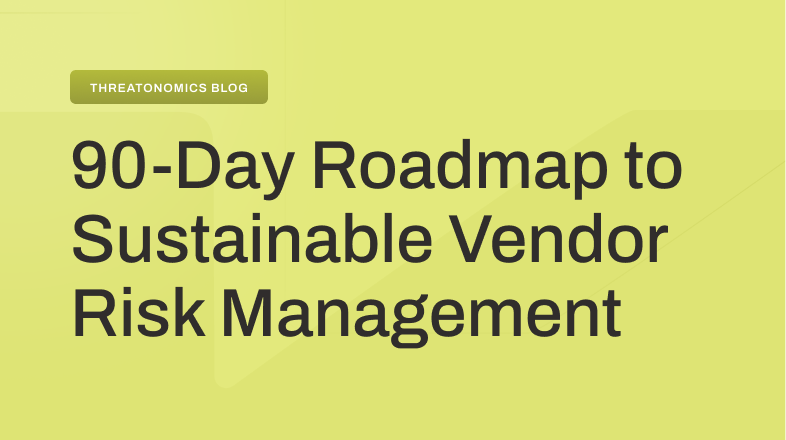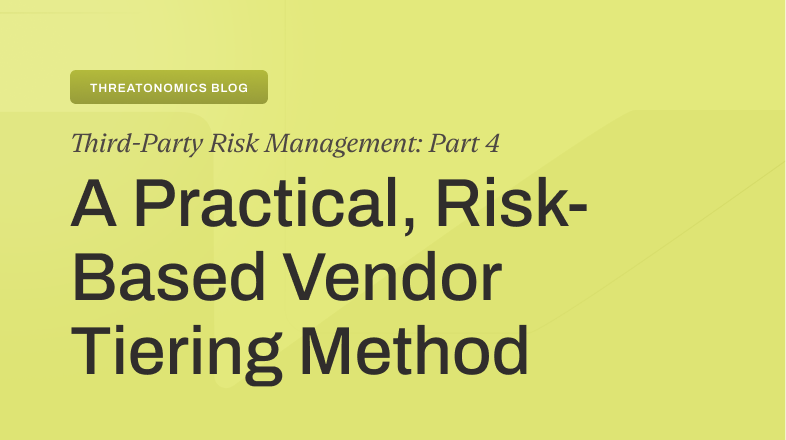Protect the documents designed to protect you.
Organizations invest heavily in cyber insurance policies to shield their businesses from evolving threats, but many overlook a critical vulnerability: the security of the insurance policy documents themselves. While these policies are designed to protect you from cyber threats, they can become powerful weapons when they fall into the wrong hands.
Over the past year, we’ve documented multiple incidents where threat actors infiltrated client networks specifically to obtain copies of cyber insurance policies. These weren’t opportunistic discoveries—they were targeted extractions. The attackers then weaponized coverage details during ransom negotiations, using policy limits and exclusions to calibrate their demands with surgical precision.
Your protection documents have become attack vectors. The question isn’t whether cybercriminals understand their value—it’s whether you’re treating them with the security they deserve.
Beyond basic document security
Look, everyone knows the fundamentals: don’t email your cyber insurance policy around as an attachment, limit who has copies, and make sure the people who do have access aren’t storing them in unsecured folders. But here’s the reality—basic file management isn’t enough when attackers are specifically hunting for these documents. You need defenses that match the sophistication of the threat.
1. Enterprise-grade digital vaults
Here’s where many organizations get it wrong: they think Dropbox or Google Drive with a password is sufficient protection for documents worth millions in coverage limits. It’s not. Purpose-built document security platforms exist for a reason, and that reason is sitting in your risk management files right now.
These platforms don’t just encrypt your files—they create controlled environments where every interaction is logged, every access is authenticated, and every share has an expiration date. Instead of sending policy documents through email (where they live forever in inboxes and sent folders), you’re creating secure, time-limited access that disappears when the business need ends. Think of it as the difference between handing someone your house key versus giving them a keycard that only works for specific doors and automatically deactivates.
The best platforms go further with features like view-only access and watermarking, so even if someone screenshots your policy, you’ll know who did it and when. They also handle the compliance headaches for you—retention policies, audit requirements, regulatory alignment—all built into the workflow instead of bolted on as an afterthought.
2. Zero-knowledge architecture
Zero-knowledge architecture means that even if the platform provider wanted to peek at your files, they literally cannot. Your data is encrypted before it ever leaves your control, with keys that only you manage. It’s like having a safety deposit box where even the bank employees can’t see what’s inside. Look for solutions offering:
- AES-256 encryption for data at rest combined with TLS protection during transit
- Customer-managed encryption keys stored separately from your data
- Zero-knowledge design ensuring provider staff have no access to file contents
- Verified compliance with enterprise security standards (ISO 27001, SOC 2, GDPR)
3. Comprehensive access management
Think of role-based access control (RBAC) as your first line of defense: only the people who truly need to see your cyber insurance policy should be able to access it. This usually means your risk management team, maybe finance, and perhaps a handful of executives. Everyone else? They don’t need to know where these documents live, let alone how to open them.
But even the right people can have their credentials compromised, which is why multi-factor authentication becomes non-negotiable for anyone with access to these critical documents. Pair this with single sign-on integration, and you’ve created a system that’s both secure and manageable—nobody wants to juggle dozens of passwords for different security platforms.
The real test of your access management comes in the monitoring and maintenance. Comprehensive audit trails aren’t just compliance theater; they’re your early warning system for spotting unusual access patterns before they become incidents. And here’s something every security team learns the hard way: regular access reviews aren’t optional. Former employees, role changes, and organizational shifts create orphaned accounts faster than you’d expect, and each one represents a potential backdoor for attackers who’ve done their homework.
Make sure to follow regulations
Your document security strategy should also follow the applicable compliance frameworks:
For U.S. operations, align with NIST Cybersecurity Framework guidelines and implement controls consistent with sector-specific regulations like HIPAA or GLBA. Organizations handling sensitive government data should consider NIST SP 800-171 Rev. 3 requirements.
For European operations, ensure GDPR compliance for any personal data within policy documents, implement appropriate technical and organizational measures including encryption, and establish clear data retention and secure deletion procedures.
Cyber insurance exists to protect your business when security controls fail. The irony of inadequately protecting the policy itself shouldn’t be lost on risk management professionals.
By treating cyber insurance documents as the high-value targets they’ve become, you eliminate a critical attack vector while ensuring these protections remain available when you need them most. In today’s threat landscape, every document can become a weapon—securing your insurance policies isn’t just best practice, it’s essential risk management.
The cybercriminals already understand the tactical value of your insurance documents. Your security posture should reflect that same understanding.








